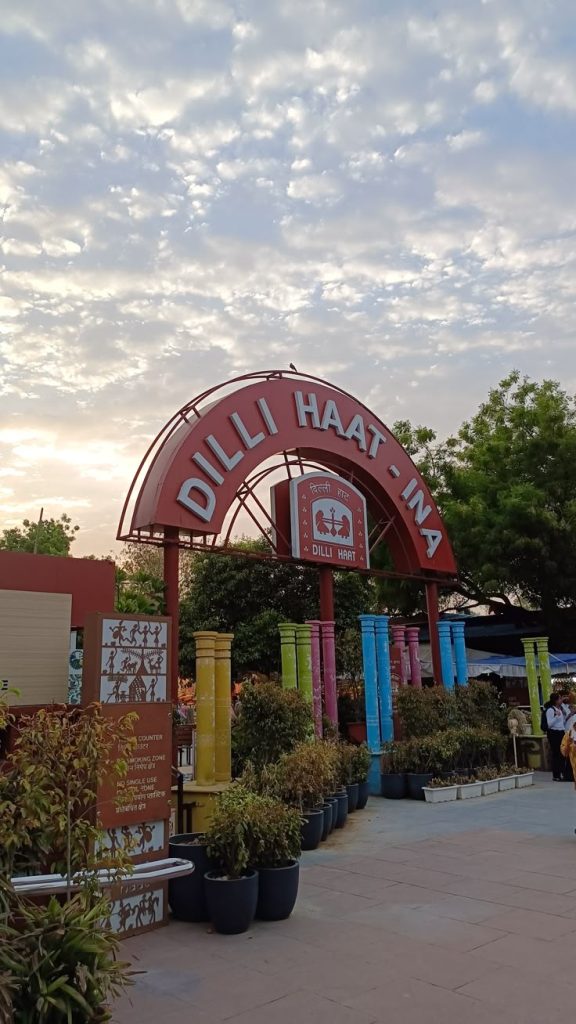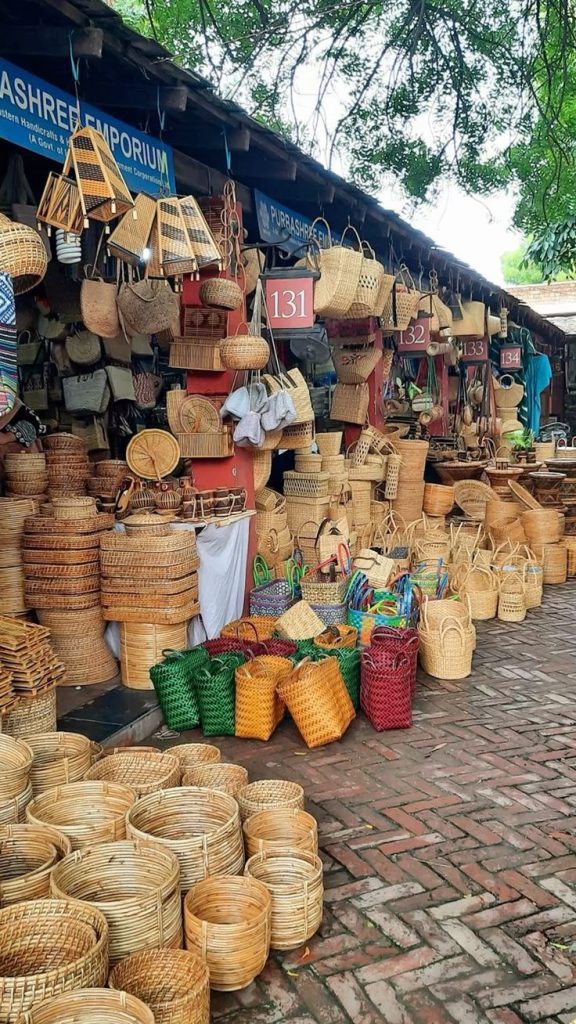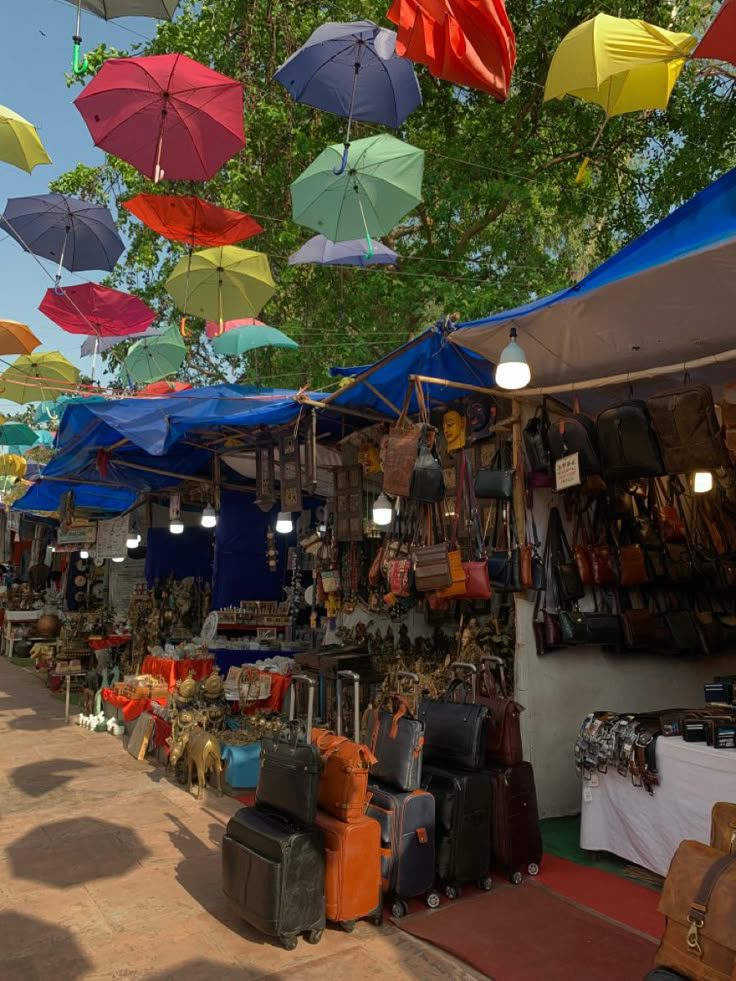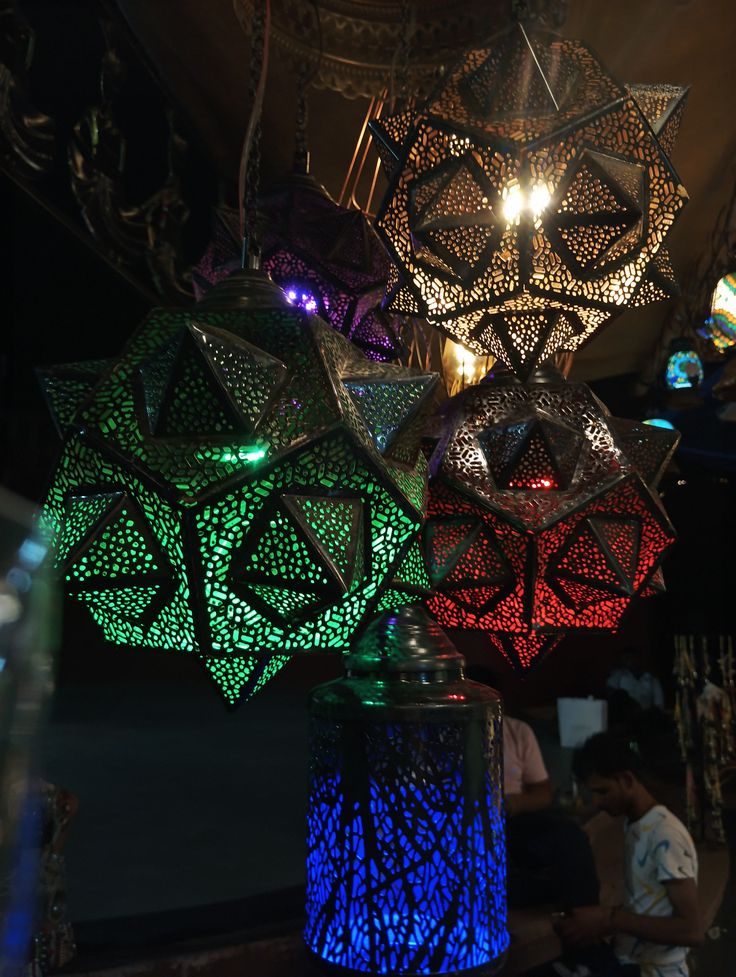A blaze that lasted hours, memories that lasted decades—Delhi’s art and craft Market witnessed one of its darkest evenings this Wednesday.
On the evening of Wednesday, April 24, 2025, tragedy struck a beloved cultural cornerstone of the capital. A massive fire broke out at a popular art and craft market in Delhi, sending plumes of smoke across the skyline and shockwaves through the hearts of artists, locals, and visitors alike.
As emergency sirens pierced the air, stalls that once stood for creativity and heritage collapsed into charred remnants. What started as a regular evening quickly turned into a nightmare that exposed the vulnerability of not just a place—but a way of life.
Dilli Haat INA Tickets Price/Entry Fees
The Ticket Price of Dilli Haat INA is Rs 30 for Adults, Rs 20 for Kids (5-12 years) and Rs 100 for foreigners.
Dilli Haat INA Online Ticket Booking
The ticket of Delhi Haat INA cannot be booked online and can only be booked offline.
Dilli Haat INA Timings
Dilli Haat INA is open all 7 days of the week from 10:30 AM To 10 PM every day.

What We Know So Far
The fire reportedly began around 6:30 PM, at the peak of evening footfall. According to eyewitnesses, the flames appeared to originate from a stall selling decorative lights and spread rapidly due to highly flammable materials such as wooden kiosks, fabrics, paper crafts, and stored paints.
The fire department responded promptly with over 15 fire tenders, and rescue operations continued late into the night. Thankfully, no major casualties have been reported so far, although several shopkeepers sustained minor burns and injuries while trying to save their inventory.
The exact cause of the fire is still under investigation, though preliminary reports suggest a short circuit may have triggered the incident.
A Marketplace Steeped in Culture and Craft
The affected market—often considered the heart of Delhi’s handmade economy—wasn’t just a shopping destination. It was an experience. For years, it showcased traditional Indian art forms, from Madhubani paintings to handwoven shawls, brass décor, clay pottery, and tribal jewelry.
Tourists, locals, designers, and students alike have flocked to this space to witness India’s rich artisanal heritage—an ecosystem powered by craftsmen from across the country. Many vendors at the market were generational artists, whose livelihood was tied not to a brand, but to a legacy.


The traders affected by the fire at Delhi’s art and craft market are expecting the government to provide direct financial compensation to help them recover their losses. Many have lost goods worth lakhs or even crores of rupees, representing their life savings and primary source of income. They are looking for:
-
Immediate monetary support to cover the value of destroyed merchandise and shop infrastructure.
-
Assistance in rebuilding or reinstating their shops so they can resume business as soon as possible.
-
Access to government schemes that support small traders and self-employed persons, such as emergency credit lines or relief funds, which have been used in previous crises to help business owners recover from disasters.
Government officials have assured the traders that compensation will be provided and that every affected vendor will be given another chance to stand on their feet. The exact amount and form of compensation are likely to be determined after assessment of individual losses and needs.


The Human Impact: More Than Just Material Loss
The fire consumed hundreds of shops, many of which were uninsured. For the artisans and small business owners, this wasn’t just stock—it was survival.
One vendor, 52-year-old Ram Dayal, whose family has sold handmade leather journals for over three decades, said with tearful eyes:
“It wasn’t just a stall. It was my life’s work. I don’t know where to begin again.”
Another young woman, a designer who rented a booth for her sustainable fabric prints, shared:
“Everything’s gone. My work, my dreams. I only stepped out for 10 minutes, and when I came back, I couldn’t recognize what used to be my shop.”
These stories highlight the fragility of the informal economy—where a single accident can wipe out years of effort, and recovery is neither quick nor guaranteed.
Traders at Delhi’s art and craft market have been sharing deeply personal stories to help others understand the scale of their financial struggles after the fire. Many have spoken about losing not just goods, but their entire livelihoods and years of hard work in a single night.
For example, one jewellery seller from Odisha, Ajai Shahu, shared that he lost goods worth Rs 70-80 lakh. He said, “This was my only livelihood. Now, I have nothing.” Another shopkeeper described watching his 35 years of effort turn into rubble, saying, “Everything we earned has turned into rubble.” These stories reflect not just financial loss, but the emotional pain of seeing a lifetime’s work destroyed in moments.
Many traders are also expressing their fears about the future, wondering how they’ll provide for their families or rebuild their businesses from scratch. Their anecdotes highlight the real human cost behind the numbers-showing that for them, the market was much more than just a place to sell goods; it was their identity, their community, and their hope for a better life.
A Question of Safety and Infrastructure
While the incident has brought attention to fire safety in public markets, it also raises deeper questions:
-
Are markets like these regularly inspected for electrical safety?
-
Do vendors have access to fire safety training or tools?
-
Is there any disaster support system in place for small-scale artisans?
Experts have long pointed out that many such spaces operate under poorly regulated infrastructure, with narrow lanes, temporary setups, and unmonitored wiring systems. This fire is a tragic reminder of how quickly beauty can turn to ashes in the absence of precaution.


After the fire, the traders are facing a tough road ahead, but they’re determined to bounce back. Here’s how they’re planning to deal with the financial hit:
-
Counting on Government Help: Many are hoping the government will come through with the compensation they promised. This money will be crucial for them to replace lost goods and get their shops up and running again.
-
Starting Small and Steady: They know it won’t be easy to recover overnight. So, they plan to slowly rebuild their businesses, reconnect with their regular customers, and attract new ones. Every little sale will help them get back on their feet.
-
Being Careful with Money: With limited resources now, they’re thinking about cutting down on unnecessary expenses and running their shops more efficiently until things improve.
-
Learning from the Experience: This disaster has been a harsh lesson. Traders want to be better prepared next time, whether it’s by improving safety measures or managing risks more wisely.
-
Looking for Support: Some are reaching out to friends, family, or community groups for advice and help. They know they don’t have to do this alone.
-
Staying Positive: Despite everything, there’s a strong spirit of resilience. They’re determined not to give up, knowing that with patience and hard work, they can rebuild their lives and livelihoods.
How Authorities Have Responded
Delhi’s Chief Minister issued a statement late Wednesday night, expressing grief and promising action:
“We are deeply saddened by the fire incident at the art and craft market. Relief measures are underway, and an investigation has been ordered. We will ensure that those affected receive the support they need to rebuild.”
The Delhi Fire Service is currently assessing the structural damage and is expected to submit a full report within a week. Several NGOs and citizen volunteers have already stepped in to distribute food, water, and first-aid kits to vendors and workers at the site.
Social Media Reactions: Public Outpouring of Support
As news of the fire spread, #DelhiCraftMarket started trending on social platforms. Thousands of people—from shoppers to celebrities—shared their sadness and memories tied to the market.
One viral post read:
“My first Diwali lantern, my favorite dupatta, my daughter’s first sketchbook—all from this market. This place gave us color and warmth. We can’t let it die in smoke.”
Another user suggested creating a crowdfunding platform to help artisans and shopkeepers rebuild—a movement that’s quickly gaining traction online.
READ MORE: Sitaare Zameen Par 2025: A Sequel That Aims Straight For The Heart
The Road to Recovery: What Comes Next?
The immediate concern is rehabilitation: helping vendors recover their losses and restoring the market’s infrastructure. But long-term, this event must spark a larger conversation:
-
Should such markets be relocated to more secure, planned zones?
-
Can the government introduce a micro-insurance scheme for small artisans?
-
What can we, as citizens, do to preserve and protect such cultural spaces?
Resilience is embedded in Indian entrepreneurship, and the spirit of the market will undoubtedly return. But rebuilding cannot rest solely on hope—it needs policy, community support, and sustained effort.


Final Thoughts: Ashes That Still Glow
The fire may have silenced the laughter and chaos of one evening, but it hasn’t dimmed the spirit of those who created that magic daily. In every burned bookmark, every broken bangle, lies a story waiting to be told again.
Let this not be just another headline we forget. Let it be a reminder of how much art and culture still depend on real people, real places, and real protection.
Call to Action: Support. Share. Safeguard.
If you’ve ever bought a handmade scarf, sketched in a block-printed journal, or been moved by the beauty of traditional Indian art—now is the time to give back.
-
Donate to verified fundraisers supporting affected vendors.
-
Share this story to raise awareness.
-
Support local artisans whenever you shop.
-
Speak up for better safety and infrastructure in public markets.
We can’t undo the damage. But we can help rewrite the next chapter—one where heritage is respected, protected, and rebuilt stronger than before. https://en.wikipedia.org/wiki/Dilli_Haat

